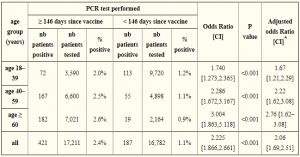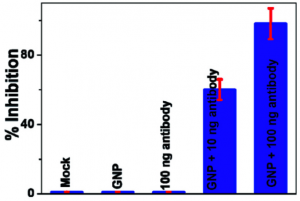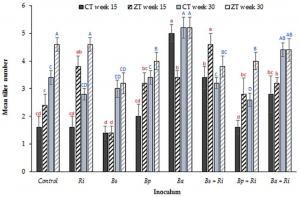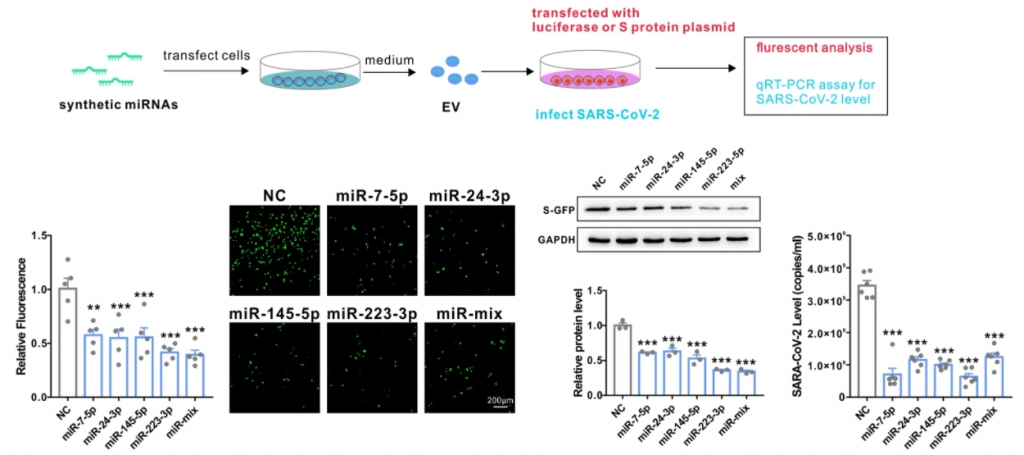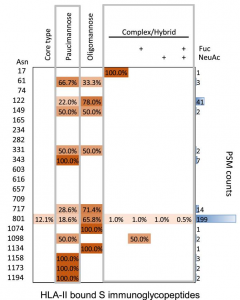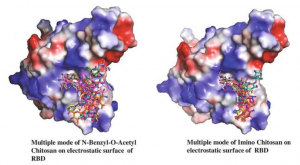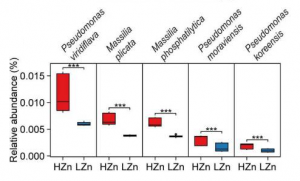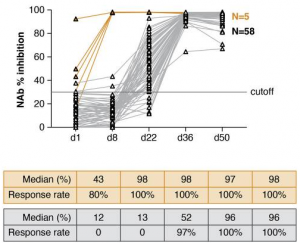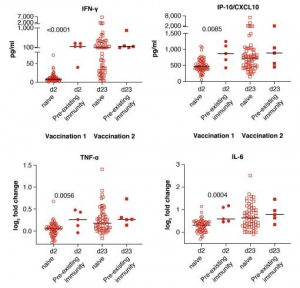Pfizer-BioNTech vaccine for SARS-CoV-2 infection is reduced in its effectiveness after 5 months from the full vaccination
A group from Leumit Health Services, Israel, etc. has reported effects of elapsed time since BNT162b2 full vaccination against SARS-CoV-2 infection.
https://www.ncbi.nlm.nih.gov/pmc/articles/PMC8366798/
The cohort included 33,993 fully vaccinated adults, 49% women, with a mean age of 47 years (SD, 17 years). In this large population of individuals who have received two doses of the BNT162b2 vaccine, a significantly higher risk of SARS-CoV-2 infection among patients who have received their second vaccine dose since at least 146 days. The increase was significant for all age groups, with the strongest increase observed for patients aged 60 or more, with an odds ratio for infection of 3.00. However, we should note that throughout the study period, most of the new infections by SARS-CoV-2 were with the delta variant B.1.617.2 (93% of 113 isolates sent for sequencing in our health organization).
Blog admin feels that the current Pfizer-BioNTech vaccine is effective against the delta variant, but it would be better to get a boost vaccination after 6months from the full (2 times) vaccination.

